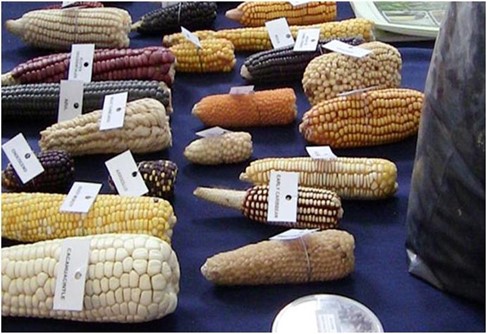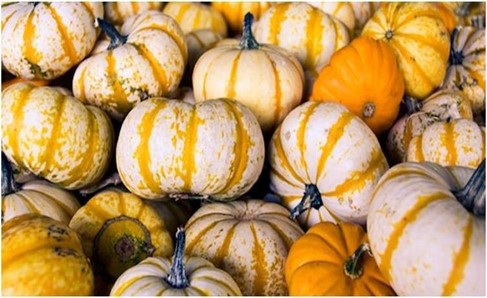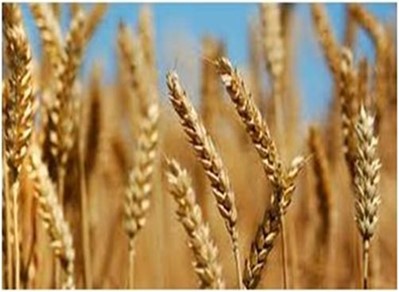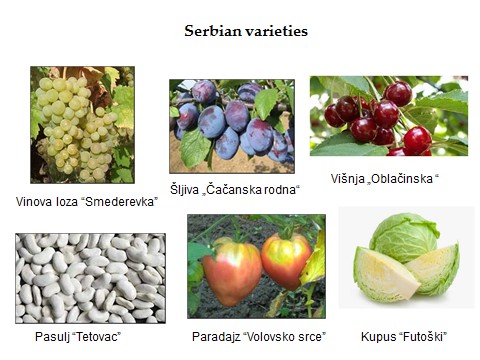Seed Facilities in forestry as a basis for conservation and guided use of gene fond in Serbia
Institution/Author: Public Enterprise Srbijasume/Dejan Miletić
Assessment: The basis of forest ecosystem consists of different types of forest trees, whose genetic diversity is the basic unit of biodiversity. The modern man, with his various activities constantly destroys and changes nature, which leads to irreversible loss of biological diversity through disappearance of a large number of organic species, or the reduction of their populations to a critical limit. Seed banks play significant role in conservation and proper use of forest genetic resources. Past activities on preservation of forest genetic resources in Serbia can be divided into two basic groups:
- In-situ (on-site) conservation, which preserves forest genetic resources in natural populations (seed collectives, group of trees or individual trees) and protected natural assets , and
- Ex-situ (out of the place) is a form of conservation of forest genetic resources outside their natural habitat by establishment of seed banks, clonal archives, progeny tests, botanical gardens, arboreta and living archives. Seed collectives are parts of a forest complex of sufficient uniformity, derived from the phenotypic characteristics of the trunks, whose primary purpose is the production of reproduction material. In order for seeds to serve their basic purpose, it is necessary to carry out genetic improvements which include the selection of seed for trunks, spacing and other activities that increase productivity. Removal of phenotypic inferior trees from seed collective improves the quality of seeds and seedlings, but genetic diversity can be reduced in the following period. Plantations are isolated seedlings of selected specimens and each is identified according to clone, family or provenance in which pollination from outside sources is reduced or avoided. They produce frequent and abundant yield of seed that is easily collected (OECD, 2014). They are used to produce genetically improved reproductive material and represent the link between refinement and restoration of forests. According to the data from the Register of seed objects of the Ministry of Agriculture, Forestry and Water Management of the Republic of Serbia – Forestry Management (2018), in Serbia there are 211 registered facilities for the production of selected and qualified reproductive material. Of these, 192 are facilities for the production of selected reproductive material (51 coniferous and 141 deciduous), and 19 facilities are registered for the production of qualified reproductive material (1 coniferous and 18 deciduous). The total area of seed objects is 2 190.8 ha (1,593.7 ha deciduous and 597.1 ha coniferous).These objects include 44 species of trees, of which 33 are deciduous and 11 coniferous species of trees. According to the types of trees the following seed objects are most common: Fagus sylvatica L. (20 seed objects), Quercus robur L. (15), Populus nigra L. (14), Quercus petraea (Matt.) Liebl. (13), Picea abies Karst. (13), Pinus nigra Arn. (9), Quercus frainetto Ten (9), Abies alba Mill. (8), Robinia pseudoacacia L (8), Acer pseudoplatanus L. (7), Juglans nigra L. (6) etc.
Pictures: Serbian varieties


